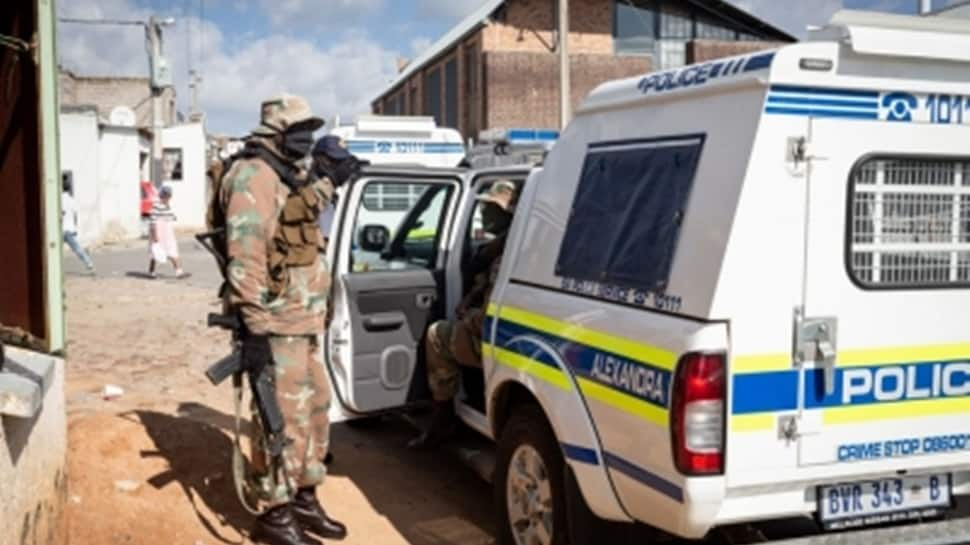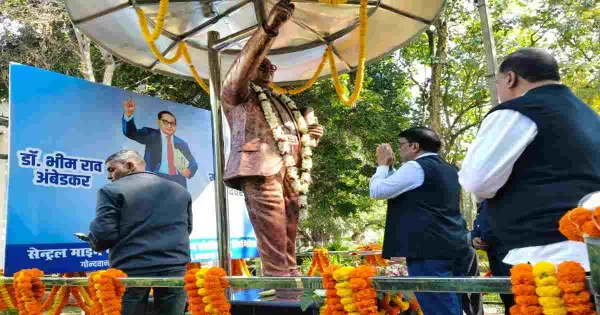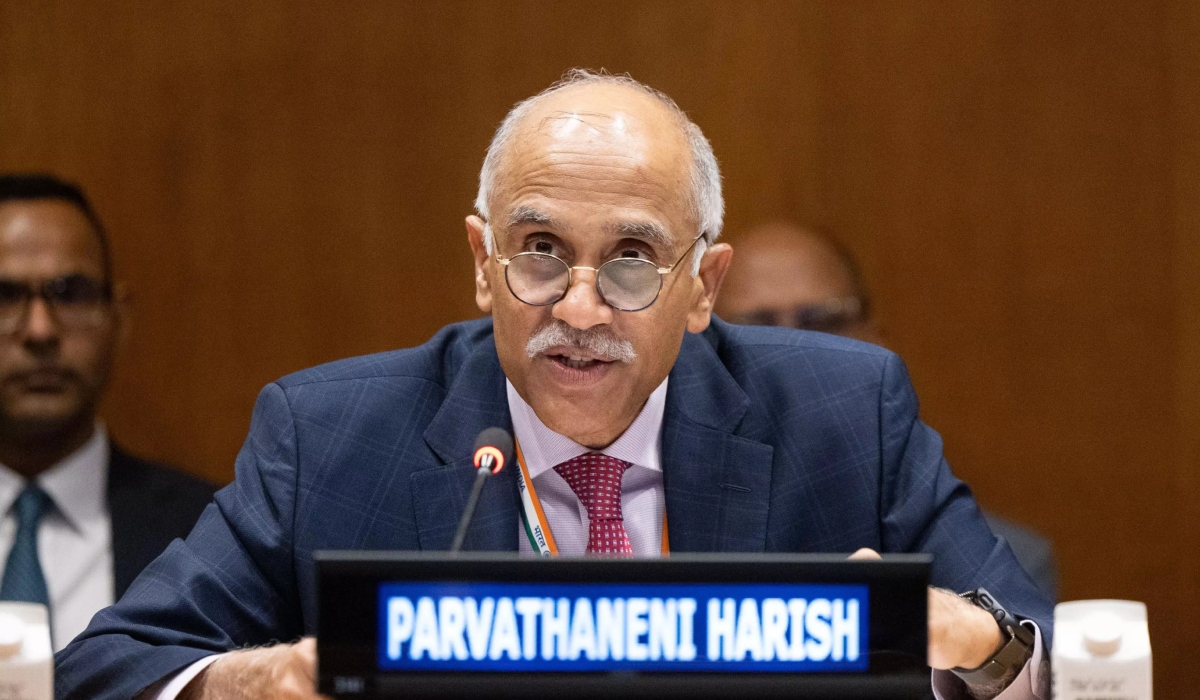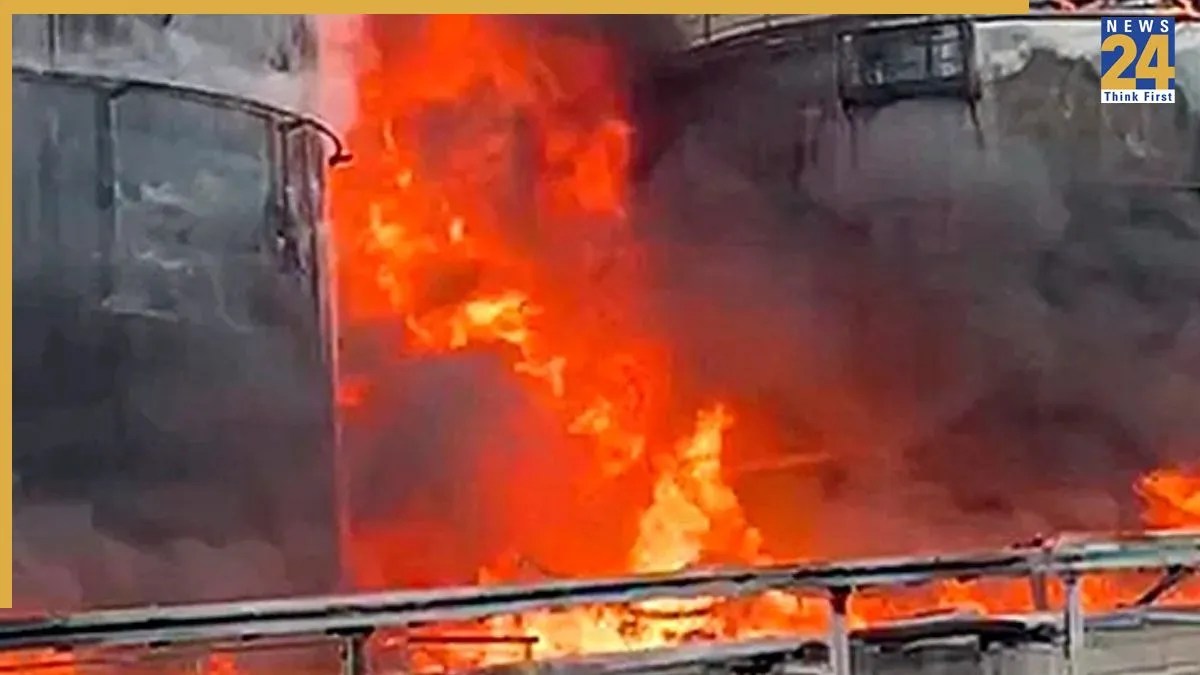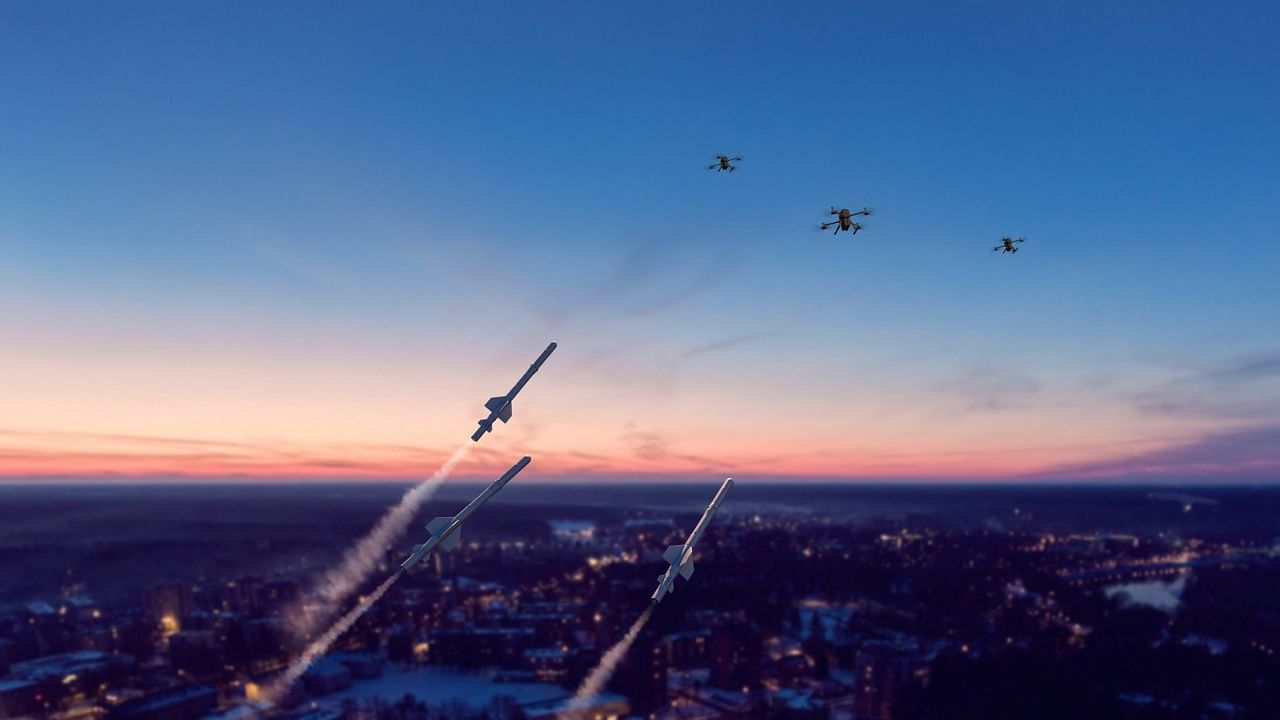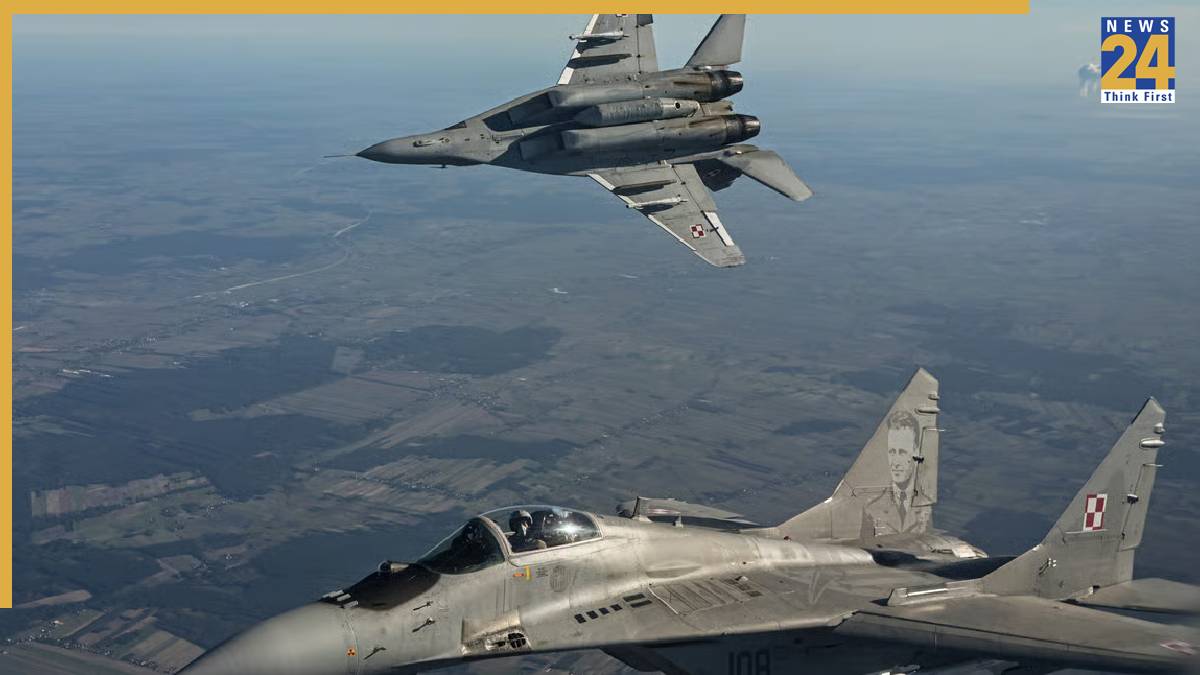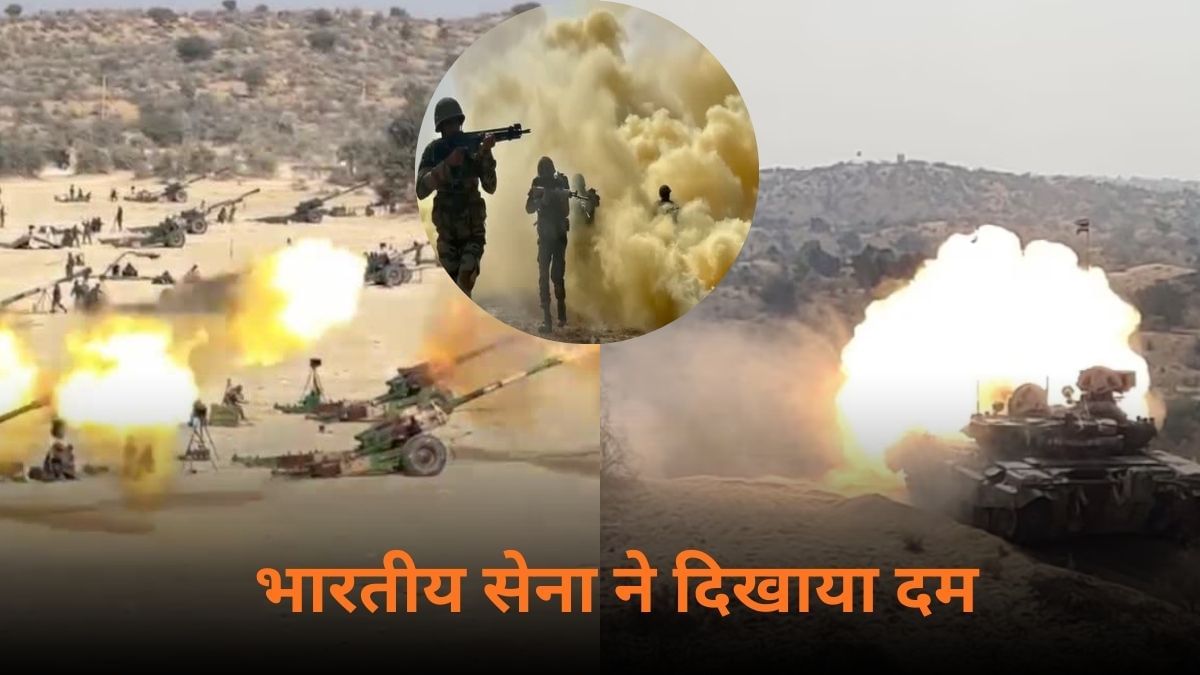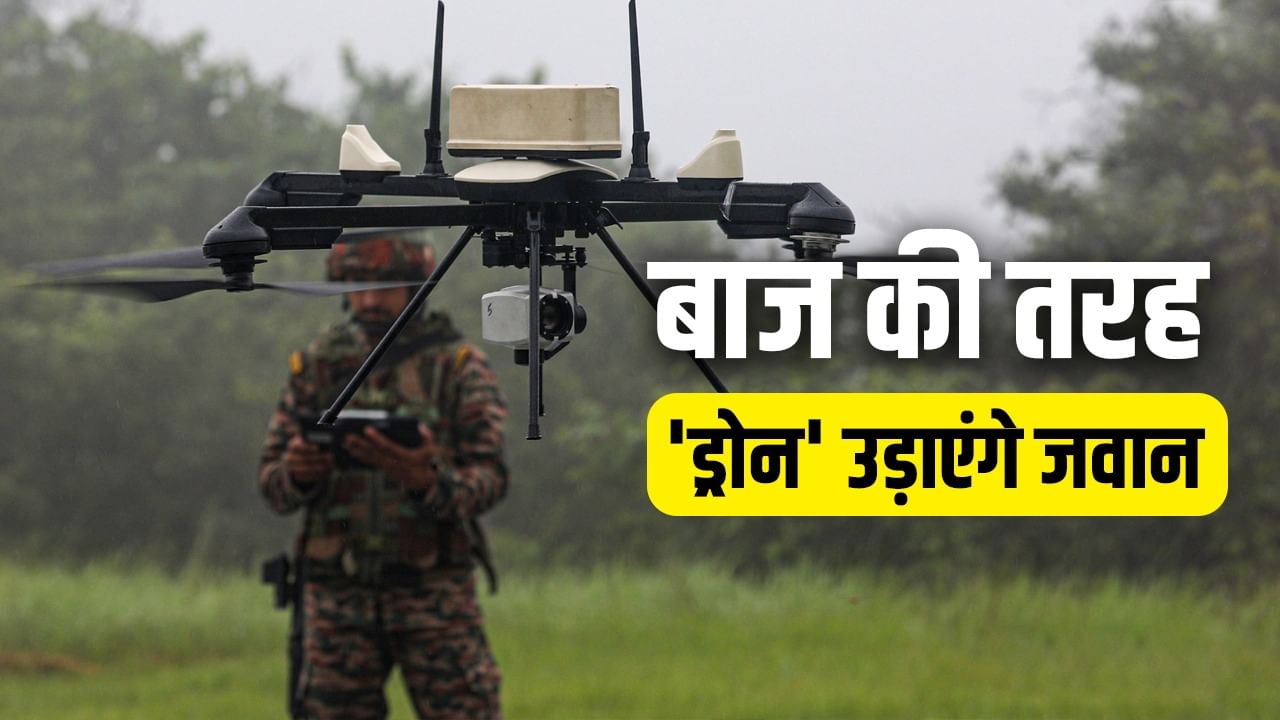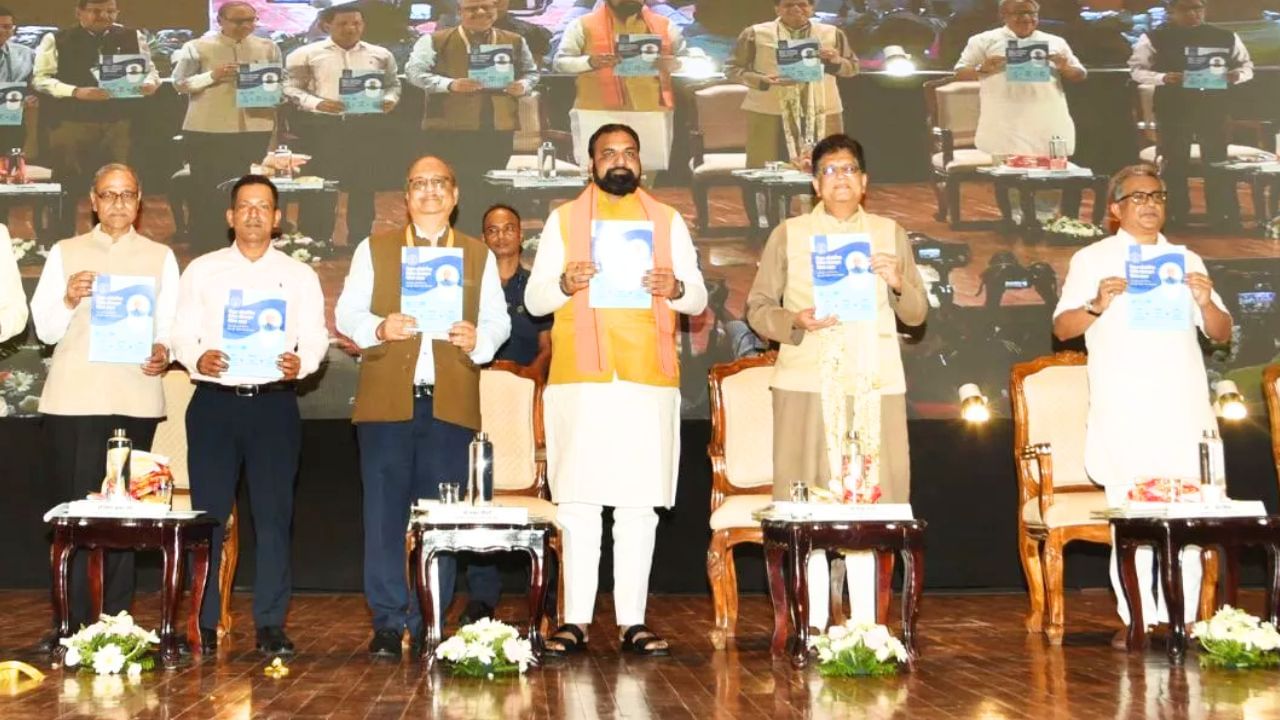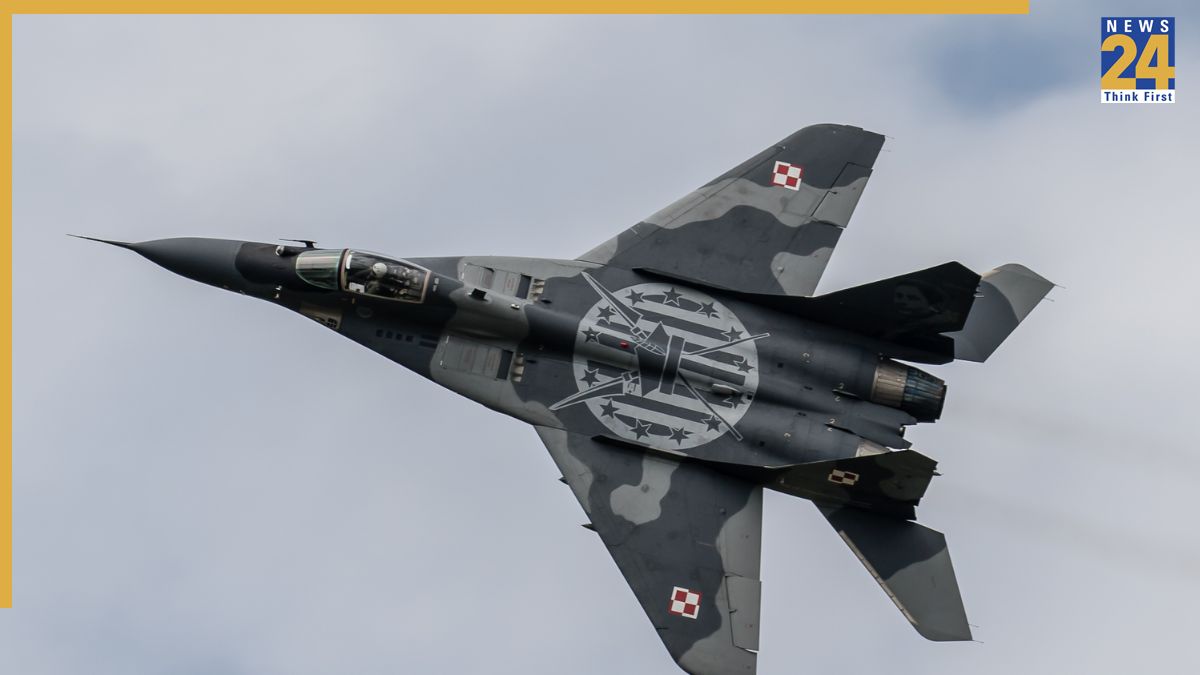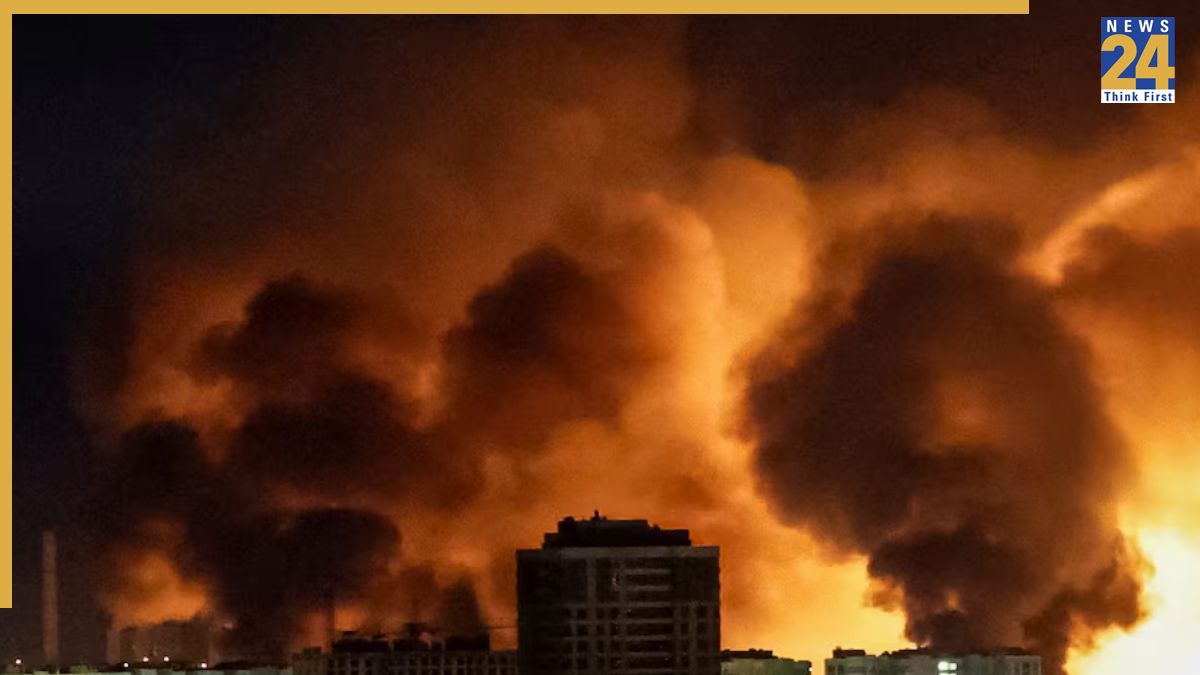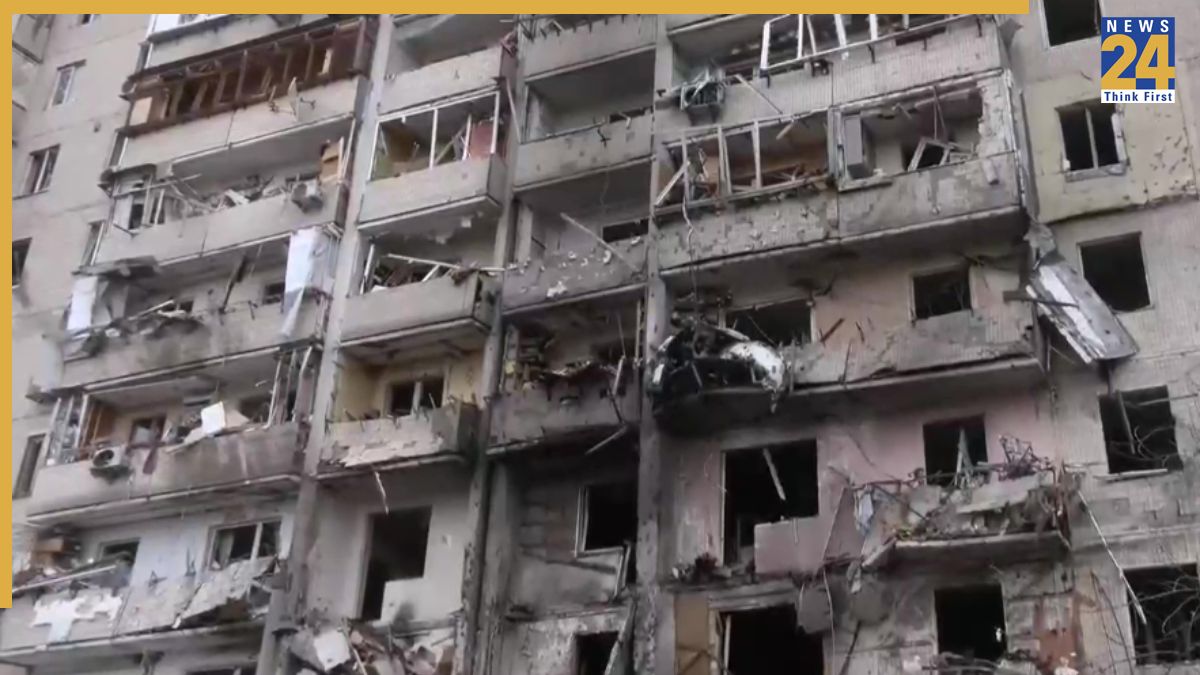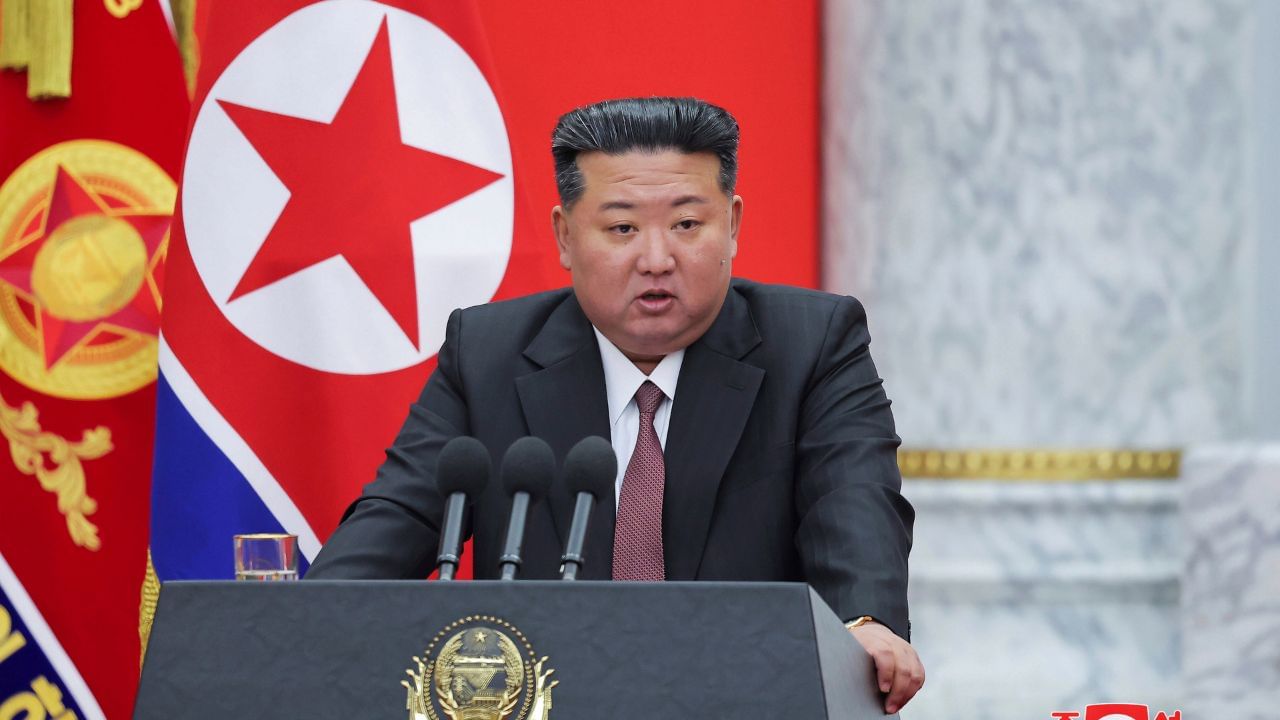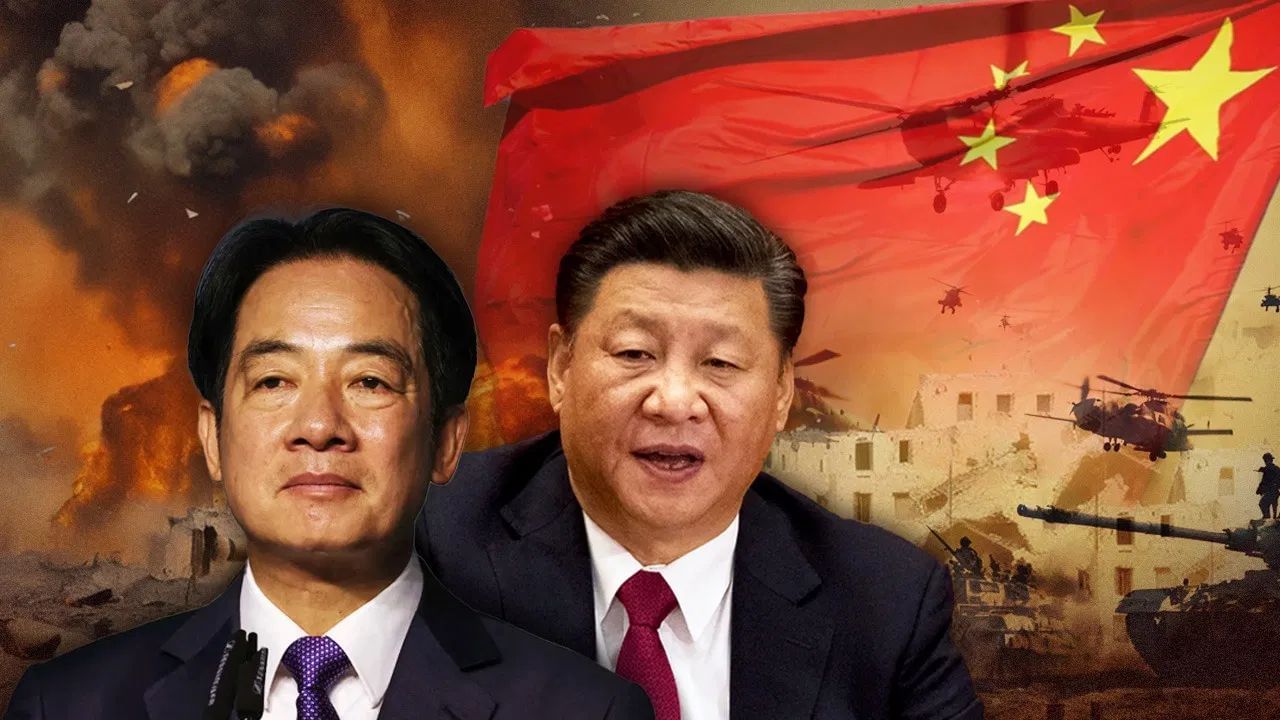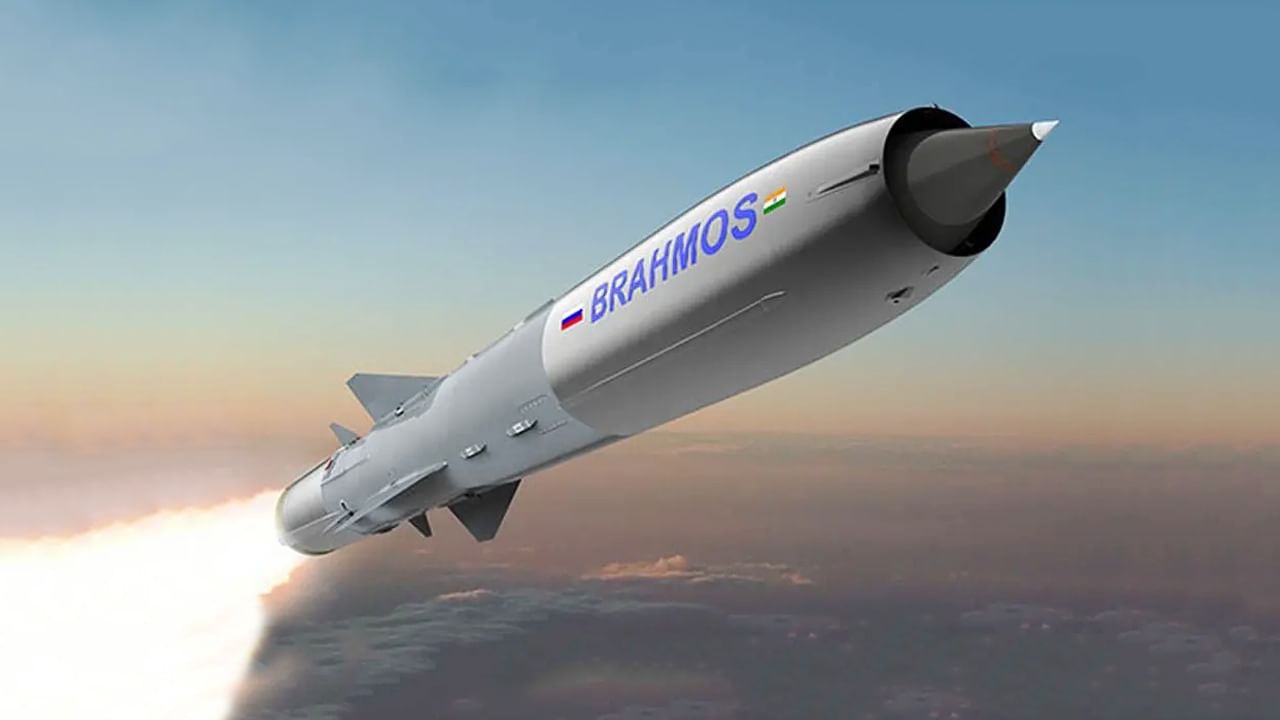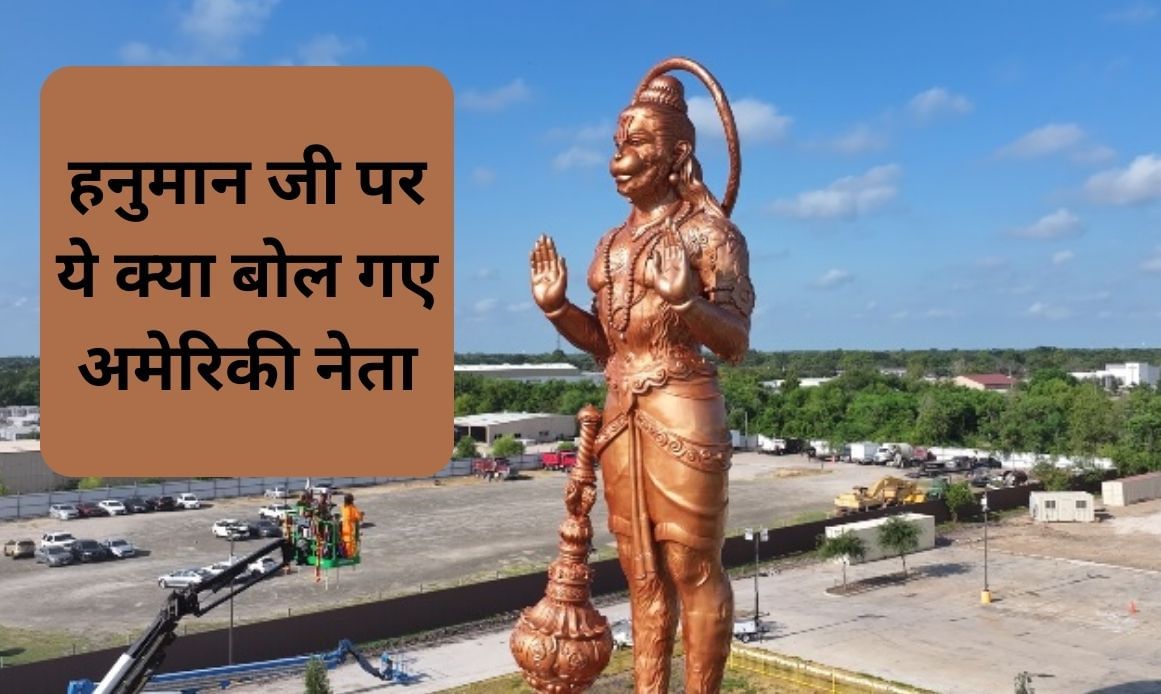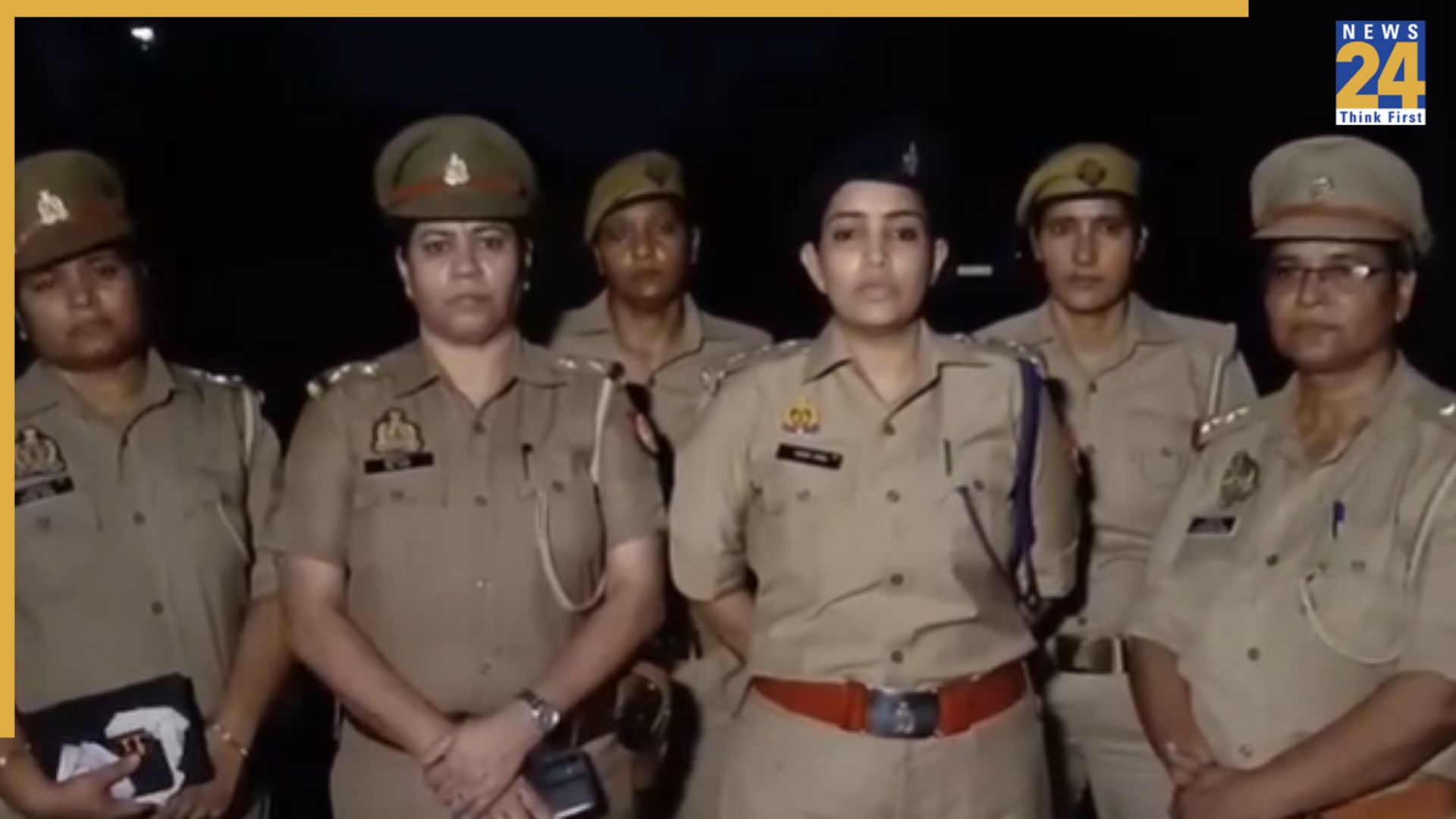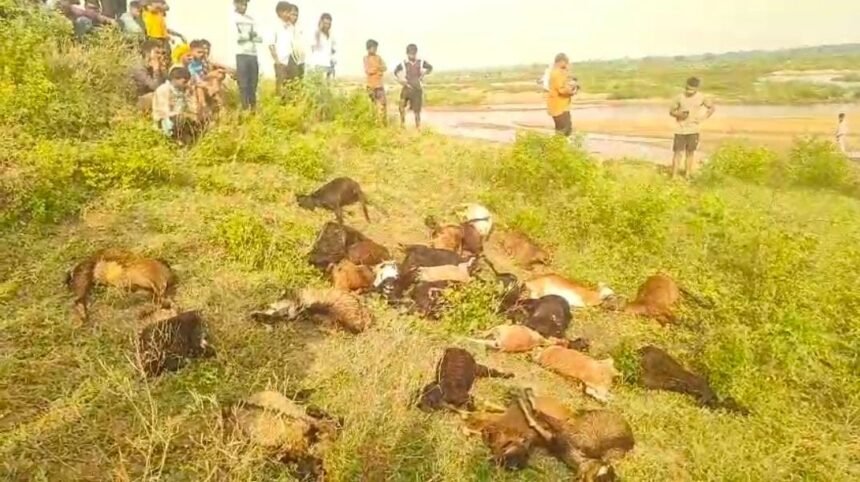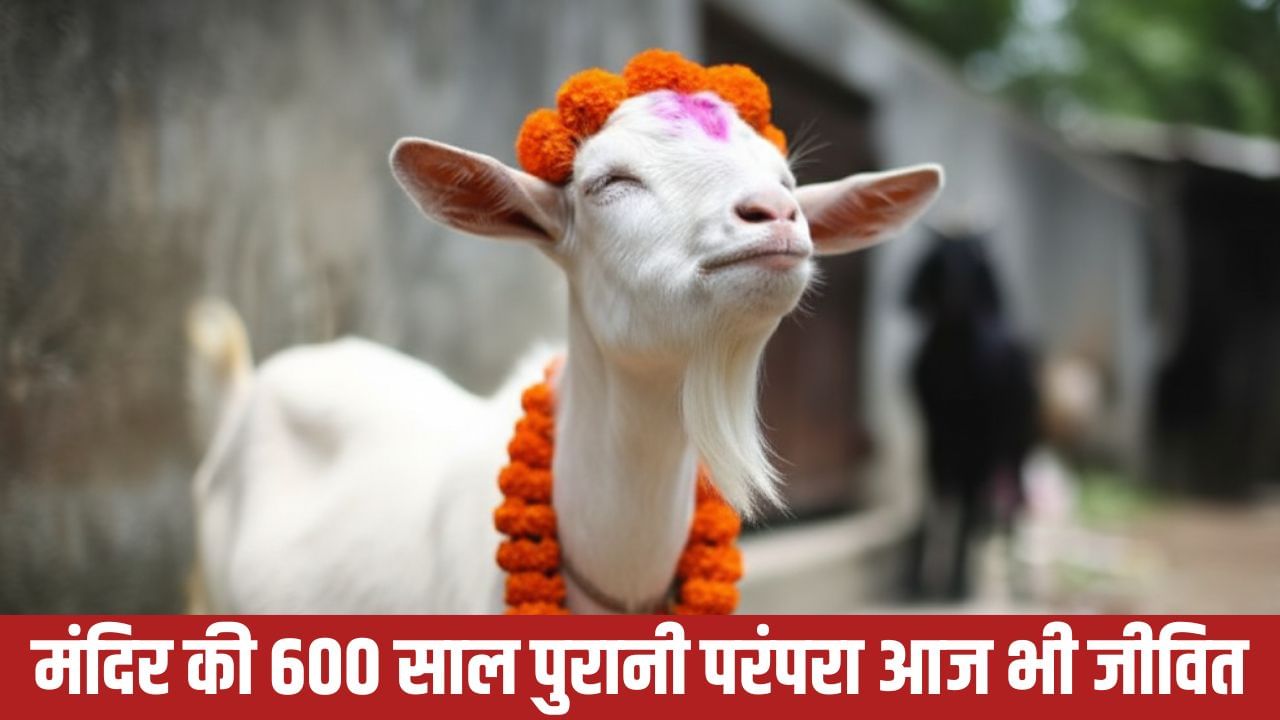Subscribe to Updates
Get the latest creative news from FooBar about art, design and business.
Browsing: Drones
The focus in Europe has shifted from aiding Ukraine and containing Russia to addressing its own security concerns. Preparations for potential conflict…
The Russia-Ukraine war, the Israel-Iran conflict, and even the attacks on India following the Operation Sindoor, regardless of the varying nature of…
A portion of Polish airspace, situated southeast of the capital, experienced a temporary closure on Sunday due to unspecified military operations, coinciding…
Russia’s Aerial Assault on Ukraine Claims Lives, Kyiv Heavily Impacted, Zelenskyy Vows Retaliation
A series of intense Russian attacks, involving both drones and missiles, struck Ukraine overnight, resulting in at least four fatalities. The capital…
The European Union (EU) has formally announced the establishment of a ‘drone wall’ along its eastern border in response to persistent airspace…
The Indian Army successfully conducted the integrated firepower exercise, Amogh Fury, at the Mahajan Field Firing Range (MFFR) in the Thar Desert…
The Indian Army is taking a significant step towards modernization by training every soldier to operate drones alongside their weaponry. This initiative,…
Innovation and technological advancement are rapidly progressing in Bihar. Shashi Kumar from Patna district secured first place at the Bihar Idea Festival…
Poland has heightened its military readiness following reports of potential Russian drone incursions into its airspace. The alert was triggered by a…
A series of attacks by Russian forces on Kyiv resulted in significant damage and loss of life on Sunday. A major fire…
Drones represent the future of warfare, capable of operating in difficult terrains and at long distances. Ukrainian engineers have developed drones that…
Russian forces reported the downing of 112 Ukrainian drones within a 24-hour period. The Ministry of Defence confirmed these strikes. Additionally, Russian…
Japan is set to undertake its largest-ever defense expenditure. The Ministry of Defense has requested a record budget of 8.8 trillion yen…
North Korea conducted a test of two new air defense missiles, with Kim Jong-un overseeing the operation. According to North Korean reports,…
Taiwan is planning to purchase approximately 50,000 drones over the next two years to bolster its defenses against growing military pressure from…
Indian Air Force to Receive BrahMos-A Power: Procurement of 110 Missiles and 87 Drones Approved
The Indian Air Force is poised to significantly enhance its capabilities. The Ministry of Defence recently approved a substantial defense procurement plan,…
